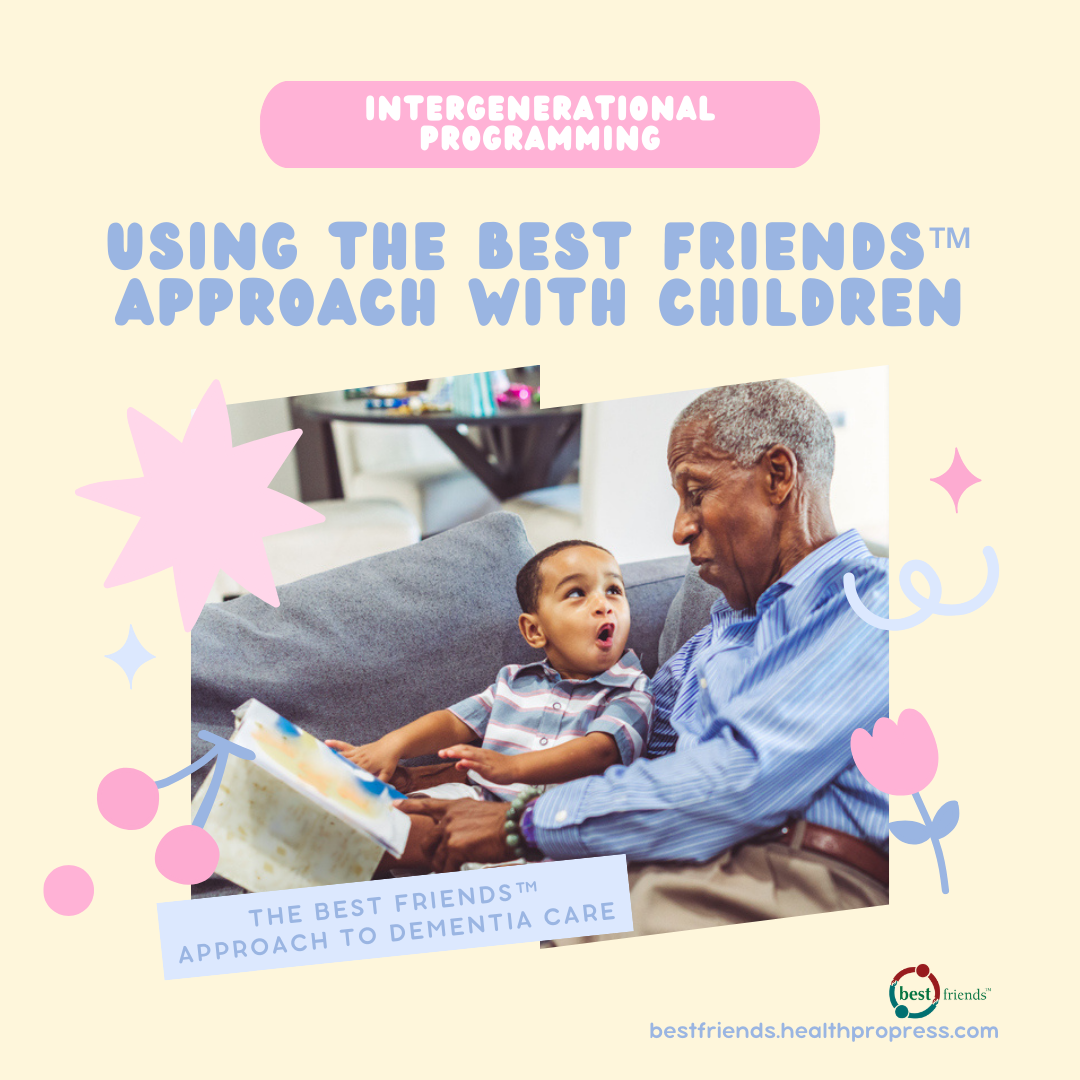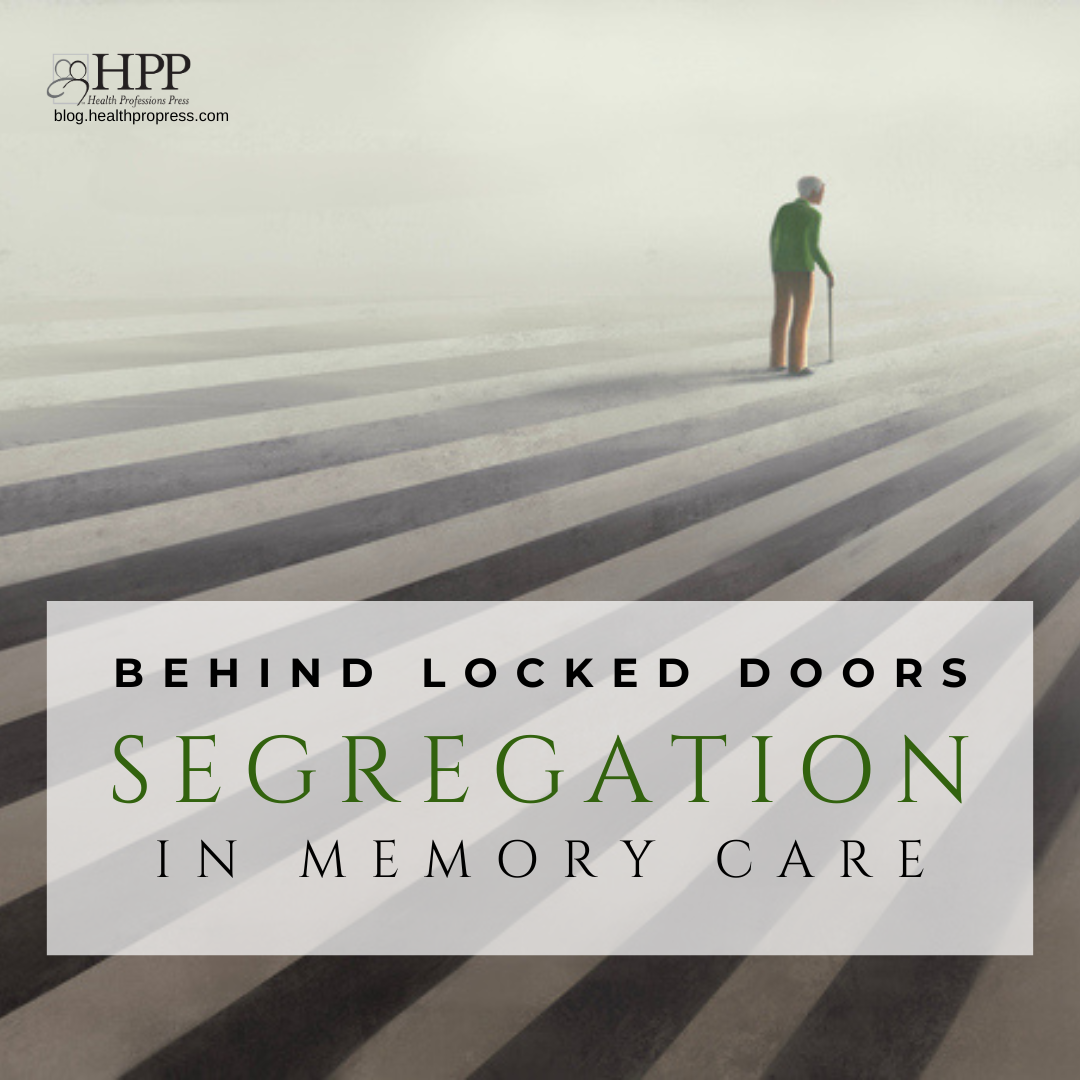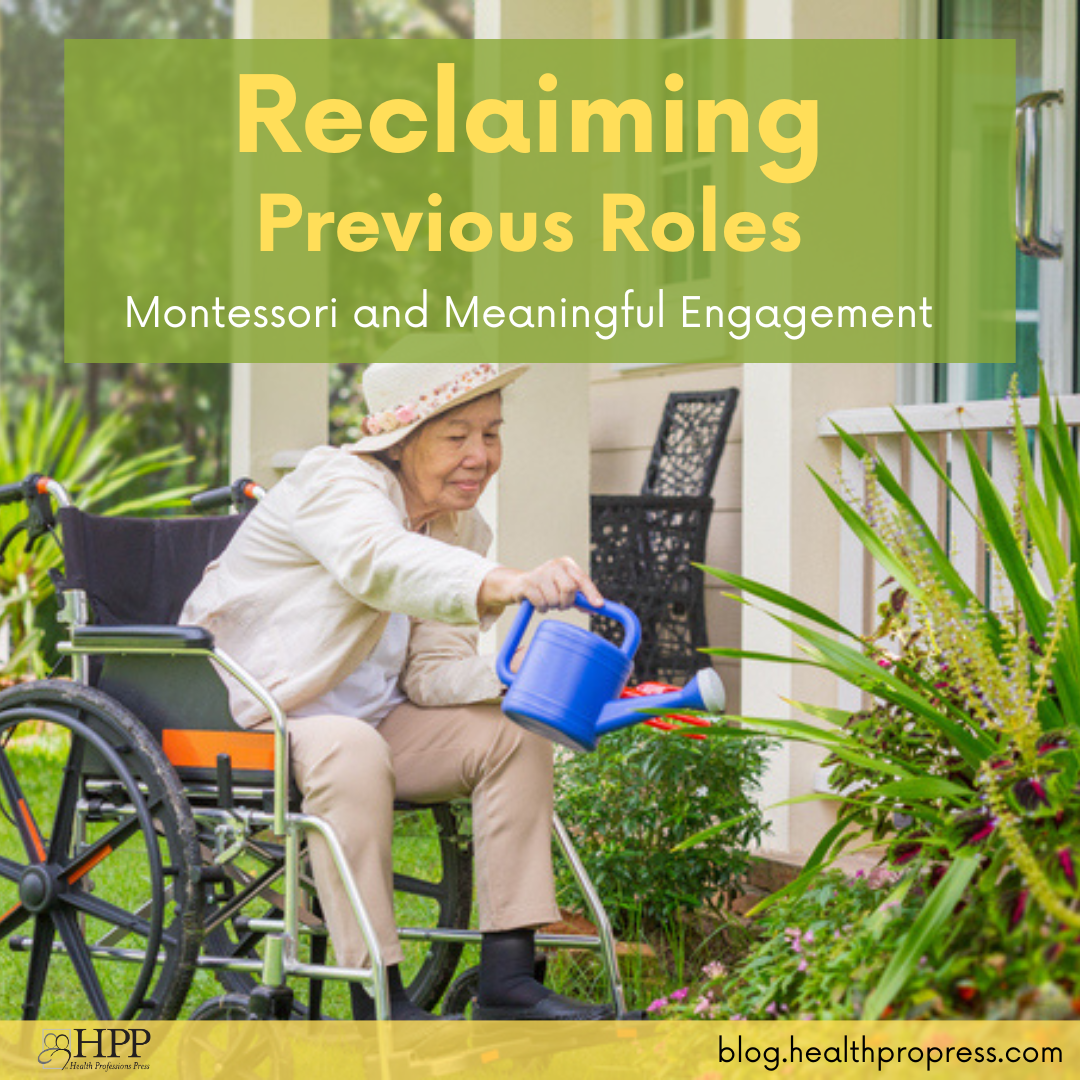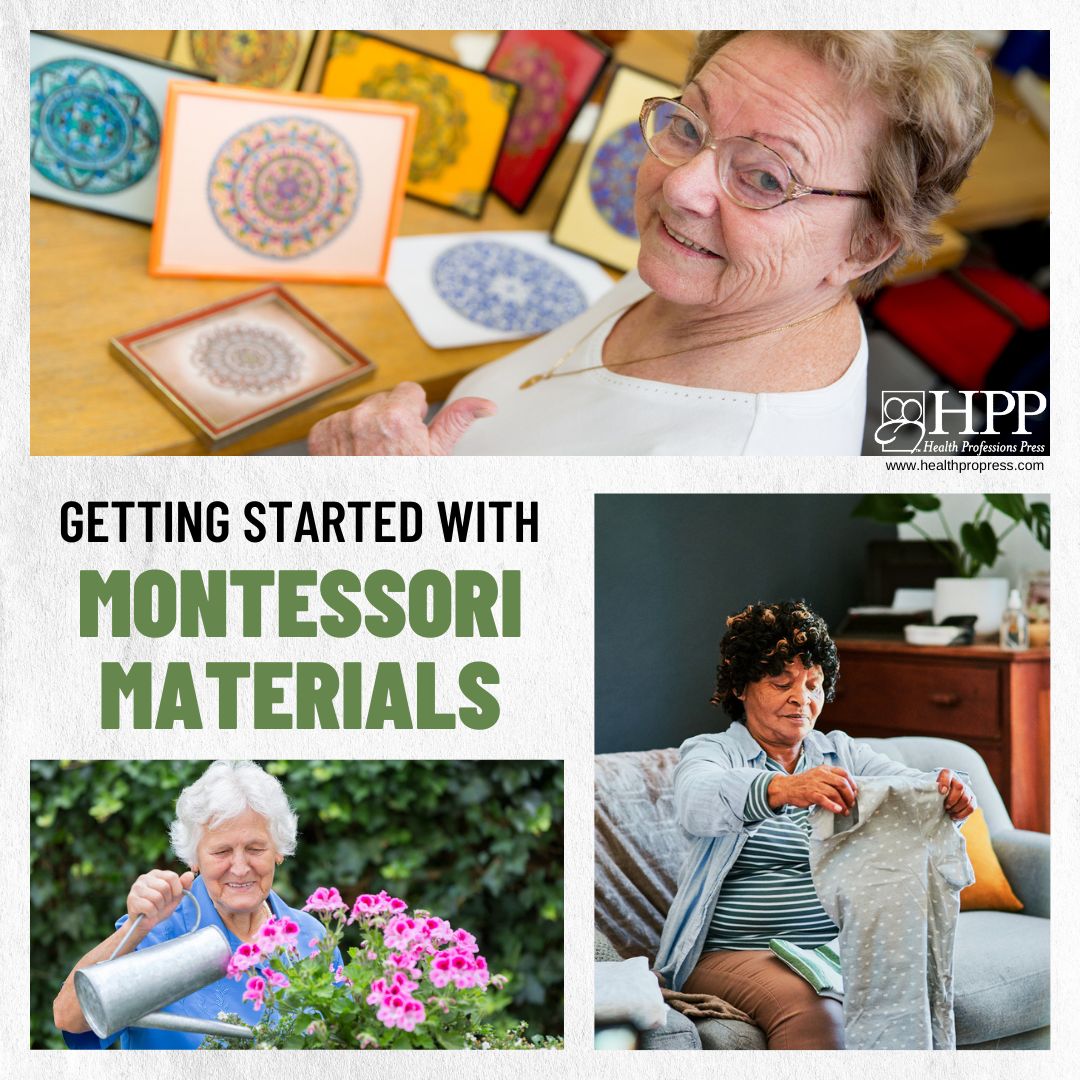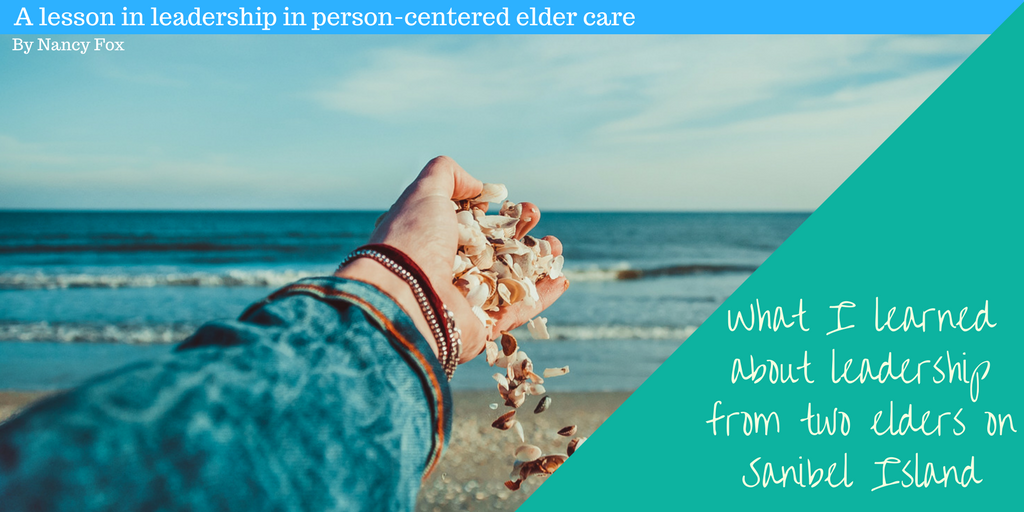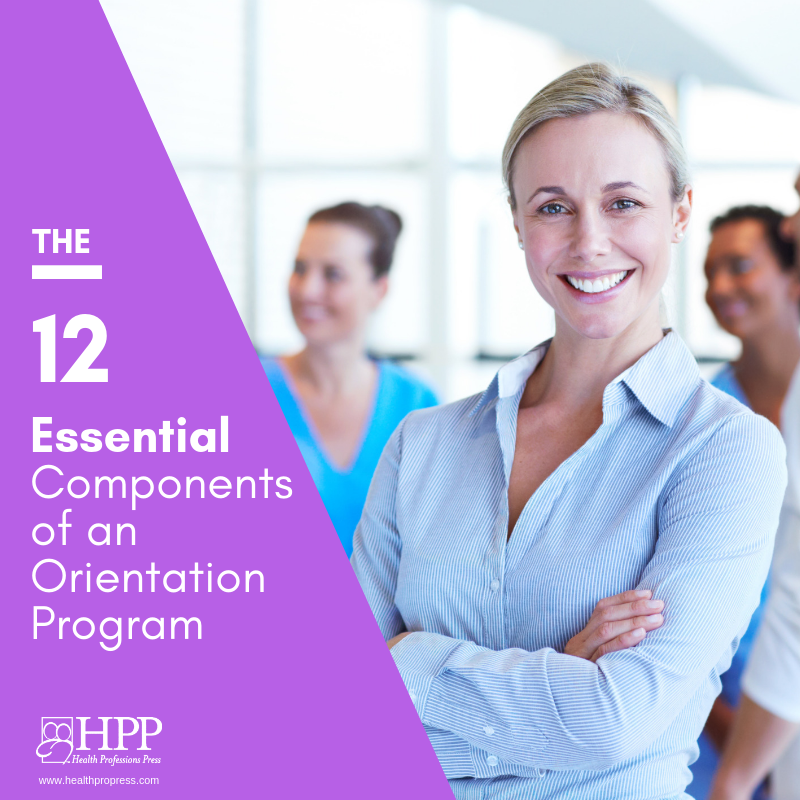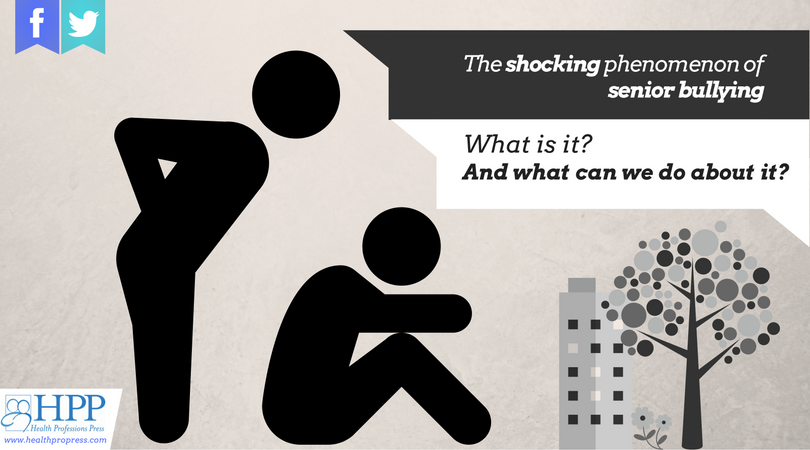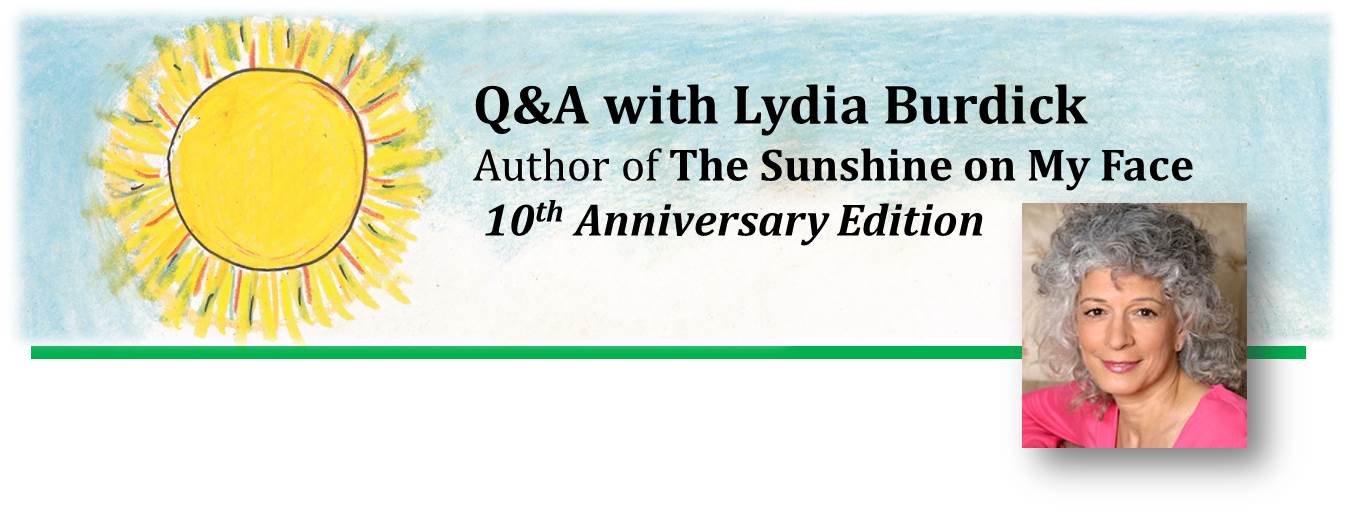With the Best Friends™ approach, activities are more than just what’s on the calendar. Using Best Friends, almost everything can…
-
-
I like to point out to people working in senior living that change will not only benefit their residents but…
-
Memory care is the fastest-growing area of senior living. It is now standard for assisted living communities and nursing homes…
-
An elder or person with dementia still has the same needs as everyone else. The person wants to socialize, express…
-
Dr. Montessori designed an array of hands-on materials for every area of the curriculum: Practical Life, Sensorial, Language, Math, Science,…
-
Author and Nursing Home Administrator, Nancy Fox, shares the moment she realized the reason many older adults fear nursing homes,…
-
High employee turnover is one of the greatest challenges facing long-term care communities today. Without consistent staffing, care communities and their residents suffer the serious consequences of inadequate care, unnecessary expenses, and inefficient operations. Using these 12 components as the core of your orientation will form the basis of a thorough and effective program.
-
10 years ago you wrote the first book in the Two-Lap® Series, The Sunshine on My Face. How did you…

